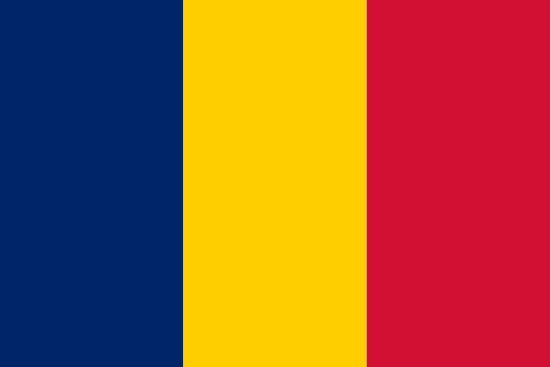"حيث تلتقي الثقافات والتجارة | Where cultures and commerce meet"
About:
Faya-Largeau, the largest city in northern Chad, was founded during the French colonial period. It has changed hands several times due to conflicts, notably between Libya and Chad in the 1980s. The city, once a hub for trans-Saharan trade, has experienced significant decline due to desertification and political instability. Despite these challenges, Faya-Largeau remains a key military and administrative center in the region. Today, it is striving to rebuild and develop its economy.
When to visit:
Faya-Largeau, located in Chad, experiences a hot desert climate with extremely high temperatures throughout the year. The best time to visit Faya-Largeau for a holiday would be during the cooler months of November to February when temperatures are more moderate and comfortable for outdoor activities. During this time, the city experiences milder weather, making it more enjoyable for sightseeing and exploration of the surrounding desert landscapes. It is advisable to avoid visiting Faya-Largeau during the peak of the dry season from March to May when temperatures soar and the heat can be intense.
When to avoid:
Faya-Largeau, located in Chad, experiences extreme temperatures throughout the year. The worst time to travel to this destination on a holiday would be during the peak of the dry season, which typically occurs from March to June. During this time, temperatures can soar well above 40°C (104°F), making outdoor activities uncomfortable and potentially dangerous. It is advisable to avoid visiting Faya-Largeau during this period and instead opt for the cooler months of November to February for a more pleasant travel experience.
"Winter Season (Dec-Feb)"
Faya-Largeau, Chad sees its coldest and wettest period from June to September. Temperatures average around 30°C, but can drop to 20°C at night. Rainfall is highest in August, with an average of 60mm. Sunlight is reduced to about 8 hours per day due to significant cloud cover. The weather can make the city's dusty streets muddy. An average day for a visitor might include a morning exploration of the local markets before the afternoon rains, followed by a cozy evening indoors, listening to the rainfall.
"Hot Season (April–September)"
Faya-Largeau, located in the northern region of Chad, experiences its warmest period from April to June. During this time, daytime temperatures can soar up to 40-45°C (104-113°F), while nighttime temperatures may drop to around 25-30°C (77-86°F).
Rainfall is scarce during these months, as the region is primarily desert. The area receives minimal rainfall annually, most of which occurs during the short rainy season from July to September. So, during the warmest part of the year, you can expect minimal to no rainfall.
Sunlight is abundant during this period with an average of 10-12 hours of daylight per day. The sky is generally clear, with little cloudiness due to the prevailing arid climate.
Humidity is typically low during these months, contributing to the dry and hot conditions. The arid desert climate means that the air remains relatively dry even during the warmest part of the year.
For a visitor, a typical day during this period would feel extremely hot, especially during the peak afternoon hours. The intense desert sun can make outdoor activities challenging. The nights are relatively cooler, providing some respite from the heat. Despite the harsh conditions, the clear skies provide excellent opportunities for stargazing. It's essential to stay hydrated, wear sun protection, and plan any strenuous activities for the cooler parts of the day.
Language:
Arabic and French are commonly spoken in Faya-Largeau. Arabic is the official language of Chad, the country in which Faya-Largeau is located. French, the former colonial language, is also widely used, particularly in educational and administrative contexts. Additionally, local languages such as Dazaga and Kanembu may be spoken by some residents.




